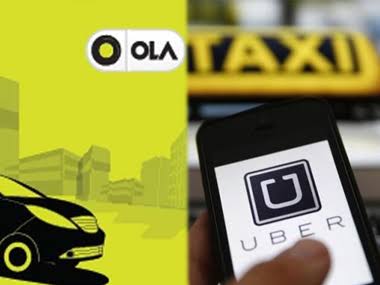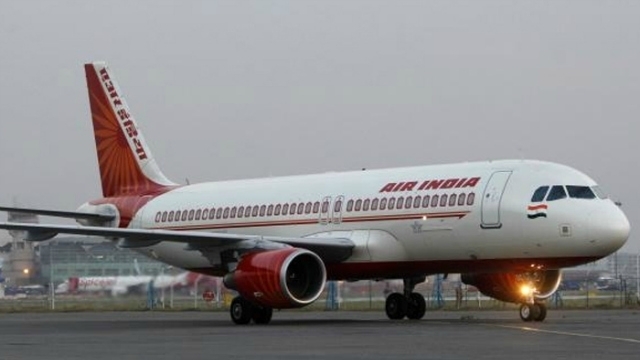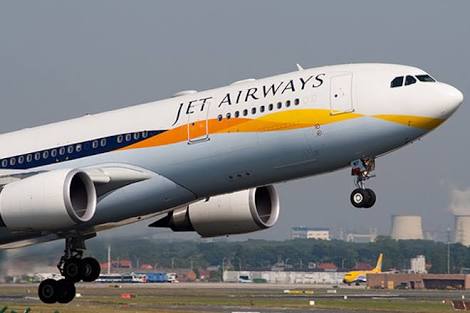Blow for taxi aggregators as surge pricing may be banned in Mumbai

Mumbai might follow Delhi and Bengaluru. According to sources, surge pricing in the city might be abolished by June 15. The city has seen two strikes over the past few months by black-and-yellow taxi drivers demanding the variable pricing model to be abolished, as it gave “unfair advantage” to the aggregators. The state government, it seems, has given in and will take the same route. Sources also said that the reform could be passed by means of a government resolution instead of passing a Bill through the Vidhan Sabha.
In April, the Karnataka government had also declared that it would dictate the fares of these aggregators to bring them at par with their local counterparts. A similar model could be followed in Mumbai as well. Ola, for example, in its latest variant offers fares as low as Rs 6 a km. This move has been killing demand for local taxis in Mumbai. “There has been a 50 per cent drop in demand in the city and there are almost no hires in the suburbs anymore,” said a source. A L Quadros, general secretary, Mumbai Taximen’s Union, said the Bill was drafted in 2015 but since then it had been “moving from one desk to another”.
“The Delhi and Karnataka governments have already passed the Bill and surge pricing has been stopped completely. We must follow the same route now,” said Quadros.
The Maharashtra government will also mandate that these taxis, running on diesel or petrol, be converted to CNG.
“The proposal has been cleared by the law and judiciary department and forwarded to the chief minister for his consent. It will be implemented at the earliest. We will also include an upper limit of fares that can be charged,” said a state transport department official who did not wish to be named. The transport department had received complaints that one of the aggregators had charged Rs 1,500 for a two-km ride during surge pricing, which was one of the reasons for the reform. The government notification could be put in place well before June 15.
Meanwhile, Quadros said a change in permit policy has been sought, too. “Currently, for a black-and-yellow permit, drivers have to pay Rs 25,000, while for a tourist taxi the price band is Rs 1,000. We have asked the government to change that as well,” he said.
These changes in rules will come as a huge blow for taxi aggregators who have been wrestling with each other for market share as surge is important to the business model of these companies.
In concept, this is how surge pricing works: When demand in a particular geography is high, the base fare rises, which attracts drivers to the area. Once the demand is met, the surge drops until it reaches the pre-established rates. The idea was to not only meet demand but also recoup the cash burnt as most rides are highly subsidised by the aggregators.
Abolition of surge pricing in Delhi during the odd-even vehicle rationing exercise resulted in certain areas becoming dark as there was no pull for drivers to come to these geographies.
At this point, the taxi union plans to step in. “We have even pitched the idea of having call centres to direct taxis to your location on-demand,” said Quadros.
While Uber declined to comment on the development, representatives at Ola could not be reached for comment.
India's taxi-hailing market is estimated at $1-1.2 billion (Rs 6,600-7,900 crore) in annualised gross booking value as of February 2016, according to RedSeer Management Consulting, a research and advisory firm that tracks online businesses in India.
Courtesy: Business Standards




